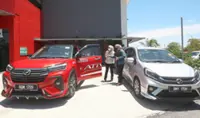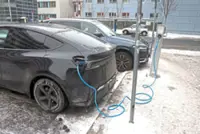Kee: The EV market may see an upward trend in resale values as it matures and consumer preferences continue to shift towards eco-friendly options.
AS more electric vehicles (EVs) are sold in Malaysia, a pivotal question emerges: Are consumers ready to embrace this shift amid broad changes in fuel subsidies and electricity pricing?
The government’s decision to rationalise fuel subsidies, targeting assistance primarily to the economically vulnerable bottom 40 (B40) demographic, is a pivotal change that may alter consumer preference across the automotive sector.





